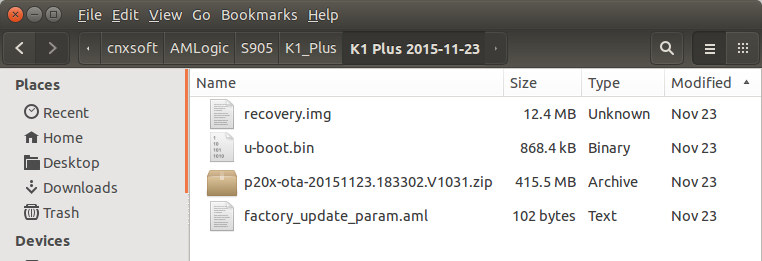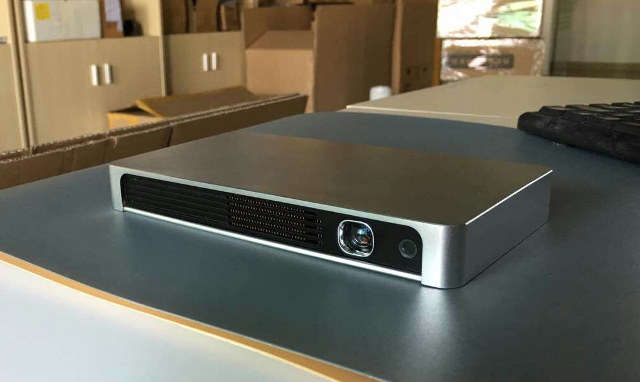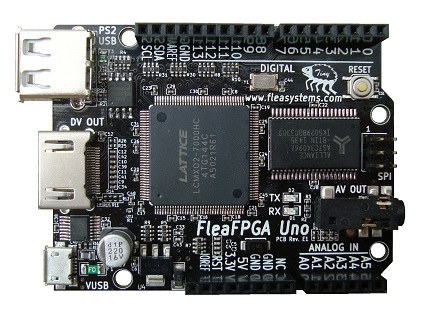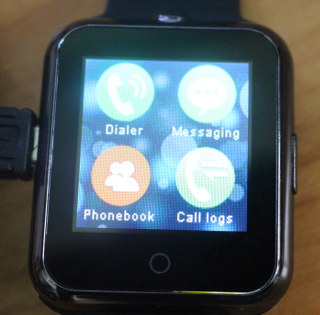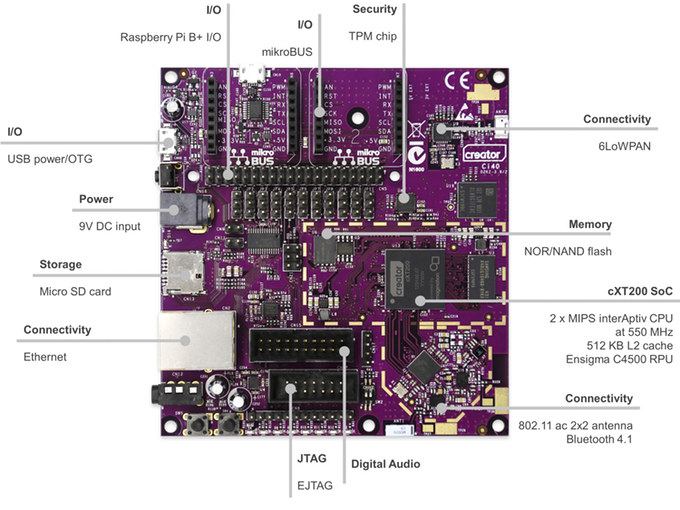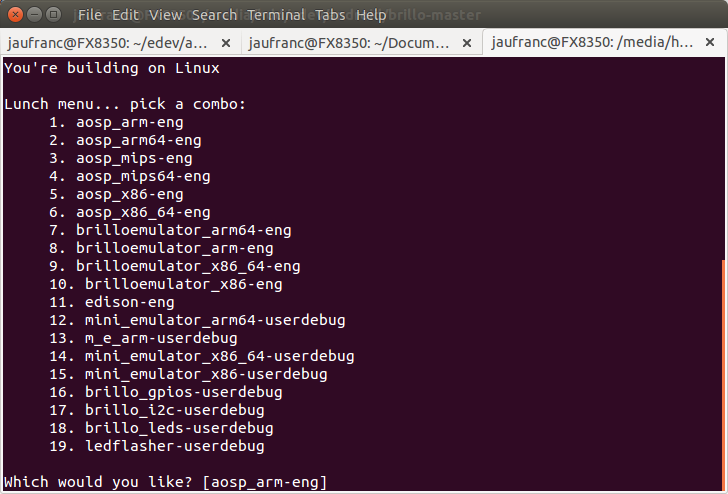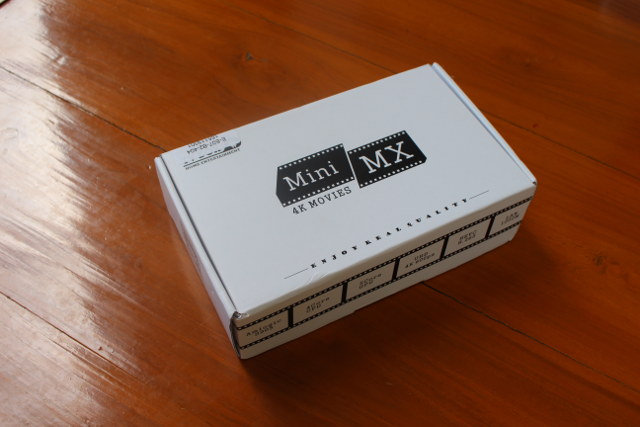Videostrong has just sent me a new firmware for K1 Plus mini PC based on Amlogic S905 processor. The procedure is basically the same as for previous Amlogic devices, but I’ve still documented the step to follow an update. Please note that devices from decent brands should have OTA updates implemented, so it may not be needed, except for the cheapest devices, or in case of network issues. The firmware update procedure below can be done in any computer, including the Android TV box itself. The firmware is specific to K1 Plus, so if you have another TV box, you’ll need to change the download link to the firmware for your device. Download the firmware file (e.g. K1 Plus 2015-11-23.rar) Extract the compressed file to the root of a micro SD card, or on any other external storage. You should have a few files as shown above, including a zip […]
MeegoPad T08 Windows 10 mini Projector is Powered by Intel Atom x5 Processor
This week-end, I quickly mentioned MeegoPad T08 projector while announced MeegoPad T07 TV Stick Indiegogo campaign, so today, I’ll have a closer as the Intel Atom x5-Z8300 “Cherry Trail” based Windows 10 projector. MeegoPad T08 projector preliminary specifications: SoC – Intel Atom qual core “Cherry Trail” x5-z8300 or z5-8500 processor with Intel HD Gen8 graphics System Memory – 4GB DDR3L-1600 Storage – 32 to 64 GB eMMC storage + micro SD card Projector – 1280 x 800 resolution, up to 110″ screen projection, 400 lumens, and optional touchscreen support Video – HDMI input or output? port Audio – HDMI, headphone jack, JBL speakers Connectivity – WiFi 802.11 b/g/n, Bluetooth 4.0 USB – 1x USB 2.0 port, 1x USB 3.0 port Misc – Power button Battery – 10,400 or 12,000 mAh battery Power Supply – 5V Dimensions – 139 x 79 x 16 mm The project will run Windows 10, and […]
FleaFPGA Uno Board Combines a Lattice FPGA, Arduino UNO Form Factor, HDMI Output, and an ESP8266 WiFi Module
FPGA board with Arduino headers are not exactly a rarity, for example Digilent ARTY in a larger form factor, and some developers have designed FPGA boards using Arduino Mega form factor, such as Papilio DUO and Arduissimo. But FleaFPGA Uno is the first Arduino Uno like FPGA board I’ve seen and it includes HDMI output, one USB host port, as well as an optional WiFi module based on ESP8266. FleaFPGA Uno specifications: FPGA – Lattice Semi MachXO2-7000HC with 6864 LUTs, 256 Kbits flash, and 240+54 Kbits SRAM System memory – 512KB 10nsec User SRAM. Storage – 16MB User Flash ROM. Video Output 24-bit Digital Video out via HDMI port up to 800×600 Composite NTSC video via 3.5 mm jack Audio – Stereo audio out via 3.5mm jack. USB 1x micro USB port for power and slave serial port 1x USB 1.1 host port (PS/2 port) On-board USB JTAG for easy […]
No.1 D3 Smartwatch (Mediatek MT6261) Review
Since I’ve listed the specs and torn down No.1 D3 smartwatch, I’ve spent several days wearing the smartwatch / watchphone, and trying most of its features, so it’s time for a review. I’ll go through all screens of the user interface, include a video review, before providing a conclusion to this review Charging the watch take between 15 to 30 minutes, and you can turn it on by pressing the only button on the side of the watch for a few seconds. The first menu you are likely to see if the one with the phone functions including the Dialer, messaging, phonebook and call logs. You can use these in two ways: with a micro SIM card inserted into the watch, or/and via your smartphone connected over Bluetooth. I mostly used the watch connected to my smartphone, but both methods worked for me. When you receive a call, it’s not […]
Yocto Project 2.0 “Jethro” Released
The Yocto Project 2.0 was released a few days ago. The framework used to create embedded Linux distributions supports Poky 14 “Jethro” reference distribution by default, but other Linux distributions can also be built with the Yocto Project. Some of the key features and improvements of Yocto Project 2.0 include: Added gcc 5.2 which is now the default compiler (gcc 4.8 and 4.9 are also provided) Updated linux-yocto kernel for qemu* and reference BSPs to version 4.1 Added basic support for Altera Nios II and Adapteva Epiphany Added tune files for Cavium ThunderX, Cavium Octeon, ARM Cortex-A17, Intel Quark X1000, and ARM vfpv3 and vfpv3d16 features Toaster Web UI improvements – Better performance and reliability; simplified setup; user-friendly layout; etc… wic image creation tool version 0.2.0 with bug fixed and new features, such as GPT partition tables, native tools, image compression, etc… Image generation adds support for qcow2, vdi (VirtualBox […]
MIPS Creator Ci40 Development Board Powered by cXT200 SoC Launched for $53 on Kickstarter
Last year, Imagination Technologies launched their first community development board with MIPS Creator CI20 powered by Ingenic JZ4780 dual core MIPS processor running both Android and Linux, and now supported by various projects. The company has been teasing about its MIPS Creatort Ci40 for a few weeks, and was already announced as the MIPS platform of choice for Google Brillo operating system, but the board has now officially been launched via a Kickstarter campaign where you can get the board for $53, as well as some add-on boards. But instead of using a processor from one of their partner, Imagination just designed their own MIPS interAptiv SoC for the board. Creator Ci40 board specifications: SoC – Imagination Technologies Creator cXT200 with 2x MIPS interAptiv core @ 550MHz, 512KB L2 cache, and an Ensigma C4500 RPU (for 802.11ac/ BT 4.1 LE) System Memory – 256 MB DDR3 Storage – 512 MB […]
How to Build Brillo Operating System from Source Code and Run Brillo Emulator
Google formally launched Brillo operating system a few weeks ago. The new operating system is a stripped down version of Android that targets Internet of Things (IoT) applications, and more recently the company pushed the source code to their servers. So I’ve given it a try by checking out the code, building Brillo emulator for Intel/AMD, and running it in Ubuntu 14.04 64-bit. First you’ll need to retrieve the source code:
|
1 2 3 4 |
mkdir brillo-master cd brillo-master repo init -u https://android.googlesource.com/brillo/manifest -b master repo sync -j8 |
It took a few hours here with some errors the first time, so I tried again and I finally got the code a few hours later. Once this is done, set the build environment and configuration:
|
1 |
source build/envsetup.sh && lunch |
Lunch will bring a list of possible builds:
|
1 2 3 4 5 6 7 8 9 10 11 12 13 14 15 16 17 18 19 20 21 22 23 24 |
You're building on Linux Lunch menu... pick a combo: 1. aosp_arm-eng 2. aosp_arm64-eng 3. aosp_mips-eng 4. aosp_mips64-eng 5. aosp_x86-eng 6. aosp_x86_64-eng 7. brilloemulator_arm64-eng 8. brilloemulator_arm-eng 9. brilloemulator_x86_64-eng 10. brilloemulator_x86-eng 11. edison-eng 12. mini_emulator_arm64-userdebug 13. m_e_arm-userdebug 14. mini_emulator_x86_64-userdebug 15. mini_emulator_x86-userdebug 16. brillo_gpios-userdebug 17. brillo_i2c-userdebug 18. brillo_leds-userdebug 19. ledflasher-userdebug Which would you like? [aosp_arm-eng] 9 |
You could also run the “Brillo emulator” on ARM, and edison-eng must be the build for Intel Edison board. Now you can start the build:
|
1 |
make -j8 |
It has to complete 21491 different tasks, […]
MINI MX 4K Android Media Player Unboxing and Teardown
I received my first Amlogic S905 TV box last week with K1 Plus, and although I have not reviewed it yet due to some issues with Google Play, I’ve run some benchmarks on the Amlogic S905 platform, which some people mentioning that results could have been impacted by the small heatsink leading to CPU throttling. The good news is that I know have a new Amlogic SD905 TV Box to play with as GearBest sent me Beelink MINI MX TV box. Today, I’ll take a few photos of the device and the board, before hopefully publishing the full review early next week. Beelink MINI MX Unboxing I received the package via DHL, and thanks to its low price I did not have to pay custom duties or VAT. The package does not show any specific brand, only Mini MX 4K Movies products, as well as the specifications on the back. […]


